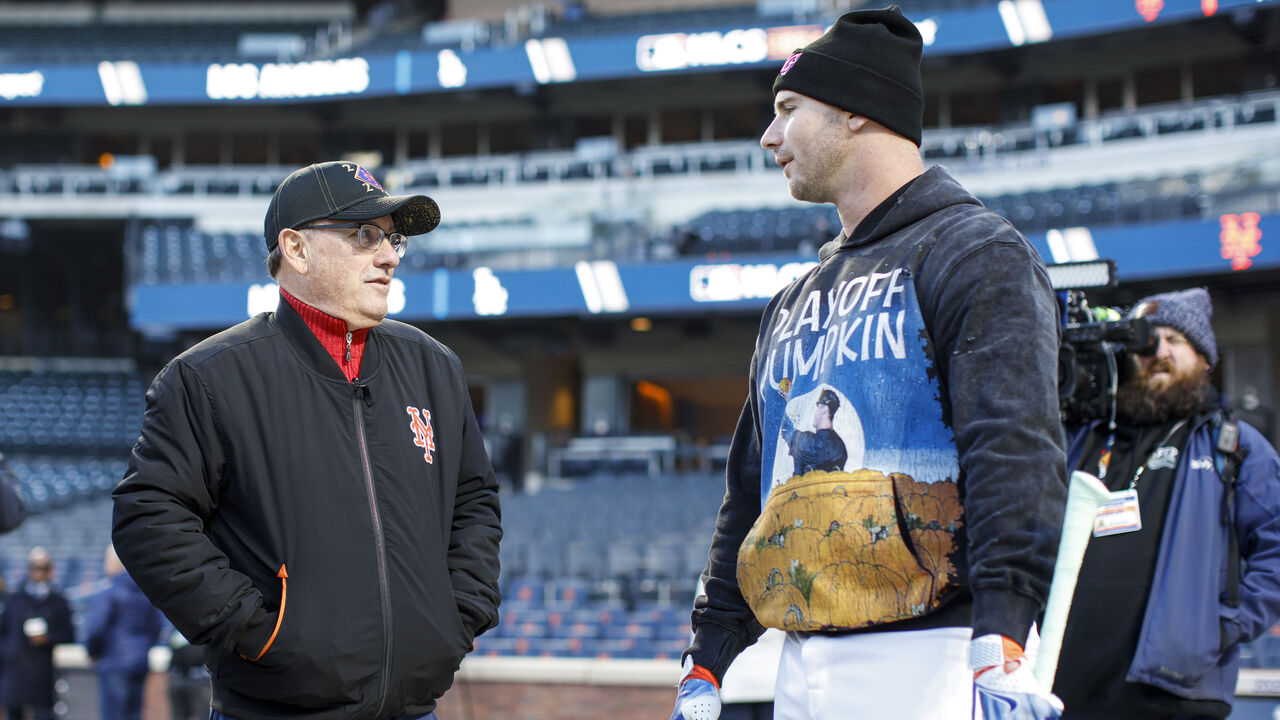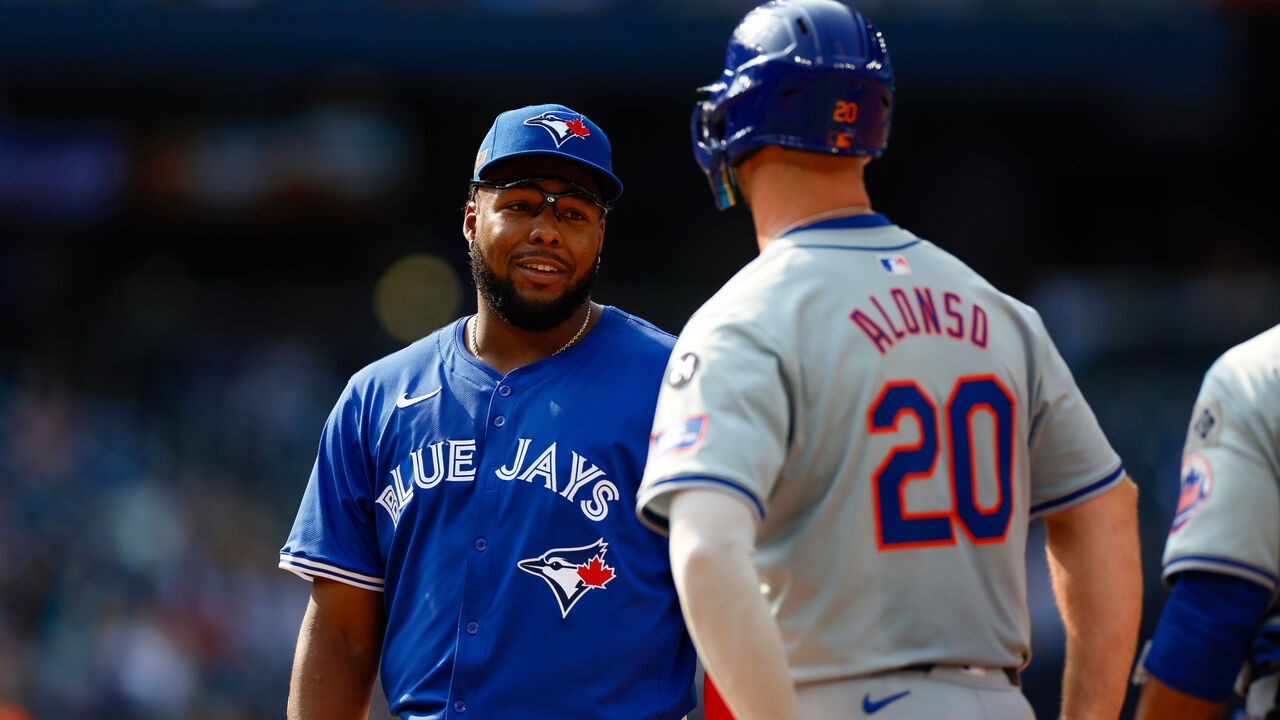Pete Alonso is leaving 29 teams with regrets
The lack of interest in Pete Alonso during the offseason was fascinating.
FanGraphs' crowd-source estimate believed Alonso would receive a five-year, $125-million deal in free agency. MLB Trade Rumors predicted the same. FanGraphs' Ben Clemens, meanwhile, forecast a seven-year, $140-million pact.
Alonso turned 30 in December, and history suggests he's getting closer to his decline. That no doubt cooled his market, and he also plays a position (first base) for which the league is no longer interested in paying top dollar.
Still, it seemed like he was in line for a nine-figure deal. This was a player who averaged 39 homers, 108 RBIs, and a 131 wRC+ in his previous four seasons.
A generation ago, such a profile would be prized, but teams now take into account aging curves and defensive contributions to a much greater extent.

The lack of interest - despite Alonso's desire to stay in New York - was stunning, and the two-year, $54-million deal he eventually got to re-sign with the Mets was one of the greatest public forecast misses in recent years.
But while the market didn't value Alonso as a difference-maker, it's clear six weeks into the season that the market was wrong.
As of Tuesday, Alonso led the National League in hits (45), doubles (13), average (.341), on-base percentage (.463) and slugging percentage (.659). If he can stay healthy and avoid a massive slump, he's in line to produce a career year.
He's already produced $19.3 million in performance value based on FanGraphs' formula. Just 20% of the way through the season, and he's well on his way to making the first year of his deal ($30 million) a massive bargain. There's little doubt he will opt out of the $24-million second year and renew his search for a nine-figure deal.
Will the market continue to bet against him and players like him?
One can argue teams place too much value on positional versatility and that there is too much groupthink. Whether a player can play all four infield positions is not going to matter when a club is down two runs in an elimination game in October. Power matters.
Not only does power matter in changing game outcomes - the 16-19 Blue Jays, for example, have an MLB-worst differential in home runs this year, hitting 25 while allowing 51 through Tuesday - it especially matters in the postseason, when there are more strikeouts, fewer balls in play, and home runs account for a bigger percentage of run scoring.
It's also possible teams discounted his age too much. Alonso is not yet an ancient player. Albert Pujols, for instance, was two years older when he signed with the Los Angeles Angels, and Pujols didn't totally fall apart until age 36.
Consider this contrast:
- Player A: age 30, career 132 wRC+, 17.4 career fWAR
- Player B: age 26, career 137 wRC+, 16.8 career fWAR,
Player A is Alonso; Player B is Vladimir Guerrero Jr., who signed a 14-year, $500-million deal a few months after Alonso signed.

Are Guerrero's four years of youth really worth nine times the guaranteed money?
One can argue a five-year investment in Alonso would have been a far safer choice for a club; such a deal would have expired after his age-34 season.
Assuming Alonso opts out of his 2026 player option, teams will have another chance to assess their thinking.
Will they double down on a preference for other positions and versatility? Or will there be a greater appreciation for how a slugging first baseman can change a game with one swing?
One can argue that a quality first baseman is now undervalued. Alonso's 132 wRC+ is part of a cohort producing the fourth-worst wRC+ mark (99) since 1901.
One thing is for sure - the market got it wrong about Alonso in the short term, and the game's richest owner is enjoying one of the game's greatest bargains.
Travis Sawchik is theScore's senior baseball writer.